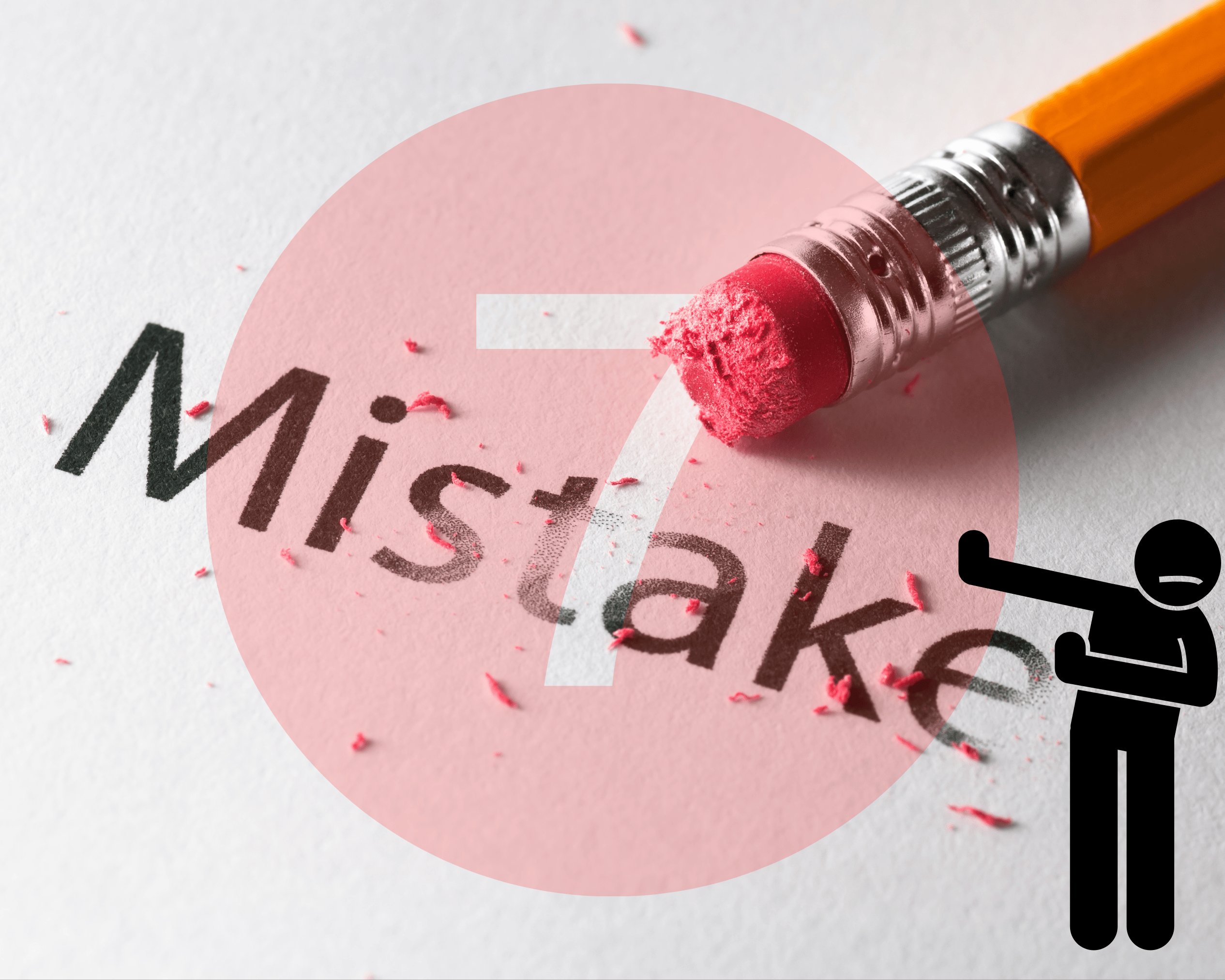Valuing a small business boils down to three key methods, each suited to different scenarios:
- Asset-Based Approach: Calculate the business's net worth by subtracting liabilities from assets. Best for asset-heavy industries or businesses in financial distress.
- Market-Based Approach: Compare your business to recent sales of similar businesses. Ideal for industries with frequent transactions and reliable market data.
- Income-Based Approach: Estimate value based on future earnings potential. Works well for established, profitable businesses with predictable cash flows.
Each method has its strengths and weaknesses, so choosing the right one depends on your business type, financial situation, and valuation goals. In many cases, combining methods provides a clearer picture of a business's worth.
Asset-Based Approach: Valuing Assets Minus Liabilities
What Is the Asset-Based Approach?
The asset-based approach is one of the simplest ways to determine a business's value. It focuses on what the company owns and owes, giving you its net worth at a specific moment. Essentially, it involves adding up all the business's assets and subtracting its liabilities - similar to calculating personal net worth by tallying up your savings, property, and other valuables, then deducting debts. This method provides a snapshot of the business's book value.
There are two main ways to apply this approach. The going concern method values assets based on their current use, assuming the business will continue operating. On the other hand, the liquidation value method estimates how much you’d net if you sold all assets quickly and settled all debts.
How to Do an Asset-Based Valuation
Here’s a step-by-step guide to using the asset-based approach:
Step 1: List All Your Assets
Start by cataloging everything your business owns. This includes tangible assets like real estate, vehicles, machinery, inventory, and cash, as well as financial assets such as accounts receivable, investments, and deposits. For example, a manufacturing company might list factory buildings worth $500,000, production equipment valued at $200,000, raw materials worth $75,000, and $50,000 in cash.
Step 2: Determine Fair Market Values
Assign a current market value to each asset. Assets depreciate or appreciate over time, so their original purchase price may no longer reflect their actual worth. For instance, equipment bought for $100,000 five years ago might now be worth $40,000, while real estate purchased for $300,000 could now be valued at $450,000. Professional appraisals can help ensure accurate valuations for significant assets.
Step 3: Calculate Total Liabilities
Next, add up all your business's debts. This includes loans, accounts payable, taxes owed, accrued expenses, and any other obligations. For example, a small business might have a $200,000 equipment loan, $25,000 in unpaid supplier invoices, $15,000 in accrued payroll, and $10,000 in taxes due.
Step 4: Subtract Liabilities from Assets
Finally, subtract total liabilities from total assets to calculate the net asset value. If your assets total $875,000 and liabilities amount to $250,000, the business's value using this method would be $625,000.
This approach offers a clear and tangible way to evaluate a business's worth, especially in certain scenarios.
When to Use the Asset-Based Approach
The asset-based approach works best for businesses where physical assets drive value or when other valuation methods aren't suitable.
Asset-Heavy Industries
Industries like farming, construction, manufacturing, natural resources, real estate, and holding companies often rely on this method. For example, a construction company with $2 million in machinery and trucks would benefit from this approach, as it accurately reflects the value of its tangible assets rather than projecting future earnings.
Distressed or Low-Earning Businesses
For businesses with low profits, consistent losses, or tight margins, this method provides a realistic baseline value. It focuses on the tangible resources a company owns, which can be more reliable than income projections in such cases.
Liquidation Scenarios
If a business is closing, the liquidation value method is particularly helpful. It estimates how much cash would remain after selling assets and paying off debts, giving owners and creditors a clear picture of what to expect during the wind-down process.
Limited Intangible Assets
This approach is a good fit for businesses with few or no intangible assets, such as goodwill or brand recognition. For instance, an equipment rental company with substantial machinery but little brand value would likely receive a more accurate valuation through this method than a service-focused business.
While the asset-based approach provides a solid foundation for understanding a company's current value, it does have limitations. It doesn’t account for future earnings potential or the worth of intangible assets like brand reputation, goodwill, human capital, or intellectual property. Still, it’s a valuable tool in mergers, acquisitions, and other scenarios where a tangible, straightforward valuation is needed.
Market-Based Approach: Comparing Similar Business Sales
What Is the Market-Based Approach?
The market-based approach values a business by looking at comparable sales in the current market. It works on the idea that similar businesses tend to sell for similar prices, much like how real estate agents price homes based on nearby sales. Essentially, this method reflects what the market is willing to pay at a given moment, offering a real-world perspective rather than relying solely on theoretical calculations.
This approach is especially effective in industries with frequent business transactions and readily available sales data. It provides a tangible benchmark, making it a valuable tool for negotiations, as buyers and sellers can see clear evidence of market pricing.
How to Do a Market-Based Valuation
Here’s how you can perform a market-based valuation by analyzing comparable business sales:
Find Comparable Businesses
Start by identifying businesses in the same industry and of similar size and location. Industry alignment is key - your business should face similar market conditions and challenges as the comparables. Factors like revenue, assets, and sales volume should also match. Geographic location matters too. While local comparisons are ideal, adjustments can be made for differences in location. For example, a restaurant in Manhattan will naturally have a different valuation than one in rural Iowa, but the data can still be useful with proper adjustments.
Review Key Financial Metrics
Evaluate financial metrics like debt, profitability, growth, cash flow, and revenue when selecting comparables. Even within the same industry, differences in business models and strategies can influence value. For instance, a business with a strong market position and a loyal customer base will typically command a higher valuation than a newer competitor.
Account for Growth and Intangible Assets
Consider the growth potential of each comparable business, as future performance can heavily impact value. Don’t forget intangible assets like patents, trademarks, brand equity, or proprietary technology. These elements can significantly enhance a business’s valuation.
Apply Valuation Multiples
Use valuation multiples like price-to-revenue or price-to-earnings to estimate value. For example, if similar businesses in your industry sell for 2.5 times their annual revenue, and your business generates $400,000 annually, the estimated value would be $1,000,000. Commonly used multiples include price-to-revenue, price-to-earnings, and price-to-EBITDA (earnings before interest, taxes, depreciation, and amortization).
Make Necessary Adjustments
Adjust for differences between your business and the comparables. For instance, if a comparable business has newer equipment or stronger customer contracts, you might need to lower your valuation. On the flip side, if your business offers advantages like better branding or a prime location, you can adjust upward.
These steps provide a clear snapshot of your business’s market value, offering a practical foundation for further analysis.
When to Use the Market-Based Approach
This method shines in specific scenarios where comparable data is both abundant and reliable.
Active Industries with Frequent Sales
Industries like restaurants, retail, and service-based businesses often have plenty of transaction data, making this approach particularly effective. For example, sectors such as dry cleaners, convenience stores, and auto repair shops typically generate enough sales data to establish reliable benchmarks.
Competitive Markets
In industries with many similarly sized competitors, this approach works well because buyers and sellers have multiple options. The abundance of choices creates transparency in pricing and ensures better comparable data.
When Economic Conditions Are Stable
Economic factors like interest rates and inflation can influence valuations. The market-based approach is most effective when economic conditions remain relatively stable between the comparable sales and your valuation date. Rapid economic changes can make older sales data less reliable.
Businesses in Growth or Mature Stages
This method is ideal for businesses in predictable growth or mature stages. It’s less effective for startups or declining businesses, as finding reliable comparables can be challenging.
Limited Unique Characteristics
The approach works best for businesses without highly unique features or proprietary elements that complicate comparisons. For example, a standard accounting firm will have more relevant comparables than a niche biotechnology company with specialized patents.
Income-Based Approach: Valuing Future Earnings Potential
What Is the Income-Based Approach?
The income-based approach evaluates a business based on its ability to generate future cash flow. Essentially, it treats the business as an investment, measuring its worth by the earnings it can deliver over time. Instead of focusing on a company's assets or comparing it to similar businesses, this method asks: how much money will this business make in the future?
Think of it like evaluating a rental property. You’d assess its value by the income it generates rather than its physical features. In this approach, two key techniques are used: discounted cash flow (DCF) analysis and the capitalization of earnings method.
- DCF Analysis: This method projects future cash flows and then discounts them to their present value, recognizing that a dollar earned in the future is worth less than a dollar today.
- Capitalization of Earnings: Here, current earnings are divided by a capitalization rate to estimate the business's value, assuming steady earnings over time.
This approach is particularly effective for service businesses, professional practices, and established companies with predictable income streams. It’s especially useful when a company’s value is tied more to its earning potential than its tangible assets.
How to Do an Income-Based Valuation
Performing an income-based valuation involves a series of financial analyses and projections. Here’s a step-by-step breakdown:
1. Clean Up the Financial Statements
Start by adjusting the financials to reflect the business's true earnings. Remove one-time expenses, normalize owner compensation, and exclude discretionary or non-recurring costs.
2. Project Future Cash Flows
Look at historical performance and market trends to forecast cash flows for the next 3-5 years. Consider factors like revenue growth, seasonal fluctuations, and market conditions. For example, if a business has consistently grown 8% annually in a stable market, projecting similar growth might be reasonable. Adjust for expected changes, such as new competitors or operational improvements, that could impact the business's future.
3. Determine the Discount Rate
The discount rate reflects the level of risk and expected return on the investment. Start with the risk-free rate (e.g., U.S. Treasury yields) and add risk premiums based on the business's characteristics. A well-established business might have a discount rate of 10-12%, while a newer or riskier venture could require 15-20% or more. Factors like industry stability, competitive position, and management quality play a role in setting this rate.
4. Calculate Present Value
Discount the projected cash flows for each year back to their present value and add a terminal value for cash flows beyond the projection period. For instance, if next year’s projected cash flow is $100,000 and the discount rate is 12%, the present value would be approximately $89,300.
5. Use the Capitalization Method (Alternative)
If detailed projections aren’t feasible, the capitalization method offers a simpler alternative. For example, if a business generates $200,000 in normalized earnings and you apply a 10% capitalization rate, the estimated value would be $2,000,000.
These calculations help determine whether the income-based approach is the right fit for your specific business scenario.
When to Use the Income-Based Approach
The income-based approach is most effective when a business’s value is closely tied to its earnings predictability and profitability. Here are the situations where it works best:
Established Businesses with Consistent Profits
This approach is ideal for mature businesses with steady earnings. Examples include professional services firms, established retail stores, or manufacturing companies. It relies on reliable historical data to project future performance, making it less suitable for startups or businesses with irregular earnings.
Service-Based and Knowledge Businesses
Businesses that derive value from expertise, relationships, or ongoing operations benefit the most. Think accounting firms, consulting practices, software companies, or healthcare providers. For these businesses, earning capacity often outweighs the importance of physical assets.
Businesses with Limited Comparable Sales Data
When comparable sales or market data are hard to find, the income-based approach provides an independent way to determine value. This is especially useful for niche businesses or those in industries with infrequent transactions.
Investment and Acquisition Decisions
Investors and buyers often prefer this method because it ties directly to return on investment. If you’re considering buying a business, this approach helps evaluate whether the price aligns with the expected cash flows and your desired return. It answers the critical question: how long will it take to recover the investment?
Stable Economic and Industry Conditions
This method works best when future performance can be reasonably predicted. In times of economic uncertainty or industry disruption, projecting cash flows becomes much harder and less reliable. Businesses in stable, mature industries are the best candidates for this valuation method.
sbb-itb-a3ef7c1
Small Business Valuation Methods Guide
Comparing the 3 Valuation Methods
Now that you’re familiar with each valuation method, let’s see how they measure up when compared side by side. This section highlights the key strengths and limitations of each approach, helping you decide which one fits your business situation best. Each method has its own merits and drawbacks, and the right choice depends on your specific needs and circumstances.
Pros and Cons of Each Method
Here’s a quick breakdown of the advantages and disadvantages of each valuation method:
| Method | Advantages | Disadvantages | Best For |
|---|---|---|---|
| Asset-Based | Easy to calculate; relies on tangible, verifiable assets; sets a floor value; ideal for liquidation scenarios | Overlooks earning potential; undervalues ongoing businesses; excludes intangibles like brand or customer relationships | Asset-heavy businesses, distressed companies, holding companies, real estate ventures |
| Market-Based | Reflects real market conditions; grounded in actual transaction data; straightforward to explain | Limited comparable data available; market conditions can be unpredictable; ignores unique business traits | Businesses in active markets with frequent sales, franchises, retail operations |
| Income-Based | Focuses on future earning potential; considers growth opportunities; preferred by investors | Relies heavily on accurate financial projections; sensitive to changes in assumptions; involves complex calculations | Service businesses, established companies with steady cash flow, and professional practices |
The asset-based method is straightforward and rooted in tangible value, making it ideal for businesses with significant physical assets. However, it often overlooks the earning potential of a business. For example, a restaurant with prime real estate but poor profitability might be overvalued using this approach.
The market-based method provides a reality check by reflecting what buyers are actually paying for similar businesses. However, finding truly comparable businesses can be tricky. For instance, comparing a successful pizza franchise to an independent pizzeria might overlook differences in brand recognition and operational support.
The income-based method takes a forward-looking approach, treating the business like an investment by focusing on future returns. It’s particularly effective for profitable businesses but relies on accurate projections. A consulting firm with consistent clients and predictable revenue is a great fit for this method, while a startup with no track record might find it less reliable.
How to Pick the Right Valuation Method
Choosing the right valuation method boils down to understanding your business’s unique profile, financial situation, and the purpose behind the valuation.
Consider your industry and business model. Asset-heavy industries, like manufacturing or real estate, often favor the asset-based approach, especially if the business is struggling financially. On the other hand, technology companies with minimal physical assets but steady recurring revenue are better suited for the income-based approach. Retail businesses in active markets benefit from market-based comparisons.
Evaluate your financial stability and data reliability. The income-based method requires dependable financial records and projections. If your business has inconsistent earnings or is in a transition phase, the asset-based approach might be more practical. For rapidly evolving businesses, the market-based method can better reflect current value.
Think about the purpose of the valuation. If you’re preparing to sell your business, the income-based approach often delivers the highest valuations for profitable operations. For insurance purposes or loan collateral, the asset-based approach provides a conservative and defensible number. When negotiating with buyers, the market-based method can offer strong evidence of fair market value.
Combine methods for a balanced view. Many appraisers use multiple methods to establish a valuation range. For instance, if the asset-based method values your business at $500,000, the market-based method suggests $750,000, and the income-based method indicates $800,000, you get a clearer picture of your business’s worth. Large gaps between methods can also reveal critical insights about your business’s strengths and areas for improvement.
Conclusion: Key Points About Business Valuation
Knowing how to assess the value of a small business is a vital skill that plays a key role in transactions. Whether you're preparing to buy your first business, sell one you've built, or simply want a clearer picture of your company's worth, there are three main methods to guide you in making well-informed decisions.
The asset-based approach establishes a baseline value, making it especially useful for businesses with significant assets or those in financial distress. The market-based approach takes into account current market trends by comparing recent sales of similar businesses. Meanwhile, the income-based approach focuses on future cash flows, often resulting in higher valuations for businesses that are both profitable and growing.
Each method serves a different purpose, and no single approach works for every scenario. The choice depends on factors like your industry, business model, and valuation goals. For example, manufacturers with substantial equipment might lean toward the asset-based approach, while service businesses often benefit from the income-based method.
A well-rounded valuation often combines these methods, offering a more complete understanding of a business's worth. By integrating multiple approaches, you can uncover valuable insights into the business’s strengths, weaknesses, and overall standing in the market.
For smaller businesses, EBIT multiples (typically ranging from 4 to 10) provide a helpful market-based benchmark. However, these numbers are only a starting point. Unique factors, such as market conditions and the specific characteristics of the business, will ultimately shape its true value.
Business valuation isn't a one-time task - it’s an ongoing process. As markets shift and businesses evolve, regularly reassessing value ensures you're equipped to make informed decisions, whether you're buying, selling, or simply strategizing for the future.
FAQs
Which valuation method should I use to determine the value of my small business?
Choosing how to value your small business depends on several factors, including your industry, business model, and financial circumstances. Here are the three primary methods to consider:
- Asset-Based Approach: This method works well for businesses with substantial tangible assets or those planning to liquidate. It focuses on the value of your company's assets minus liabilities.
- Market-Based Approach: If you can find recent sales data for businesses similar to yours, this approach allows you to estimate your value based on market comparisons.
- Income-Based Approach: This method is often used for businesses with consistent cash flow. It evaluates your business based on its potential to generate future earnings.
Think about your business's specific traits and objectives to decide which approach suits you best. If the situation feels too complex, consulting a professional can help bring clarity and ensure accurate calculations.
Can I use more than one method to determine the value of my small business?
Yes, using multiple valuation methods together can give you a more complete and accurate picture of your business's value. Each approach - asset-based, market-based, and income-based - highlights different aspects of what makes your business valuable. Combining them helps capture a range of factors that could influence its worth.
For instance, you might start with the asset-based method to determine a baseline value based on tangible assets. Then, you could use the income-based approach to evaluate the potential for future earnings. Finally, the market-based method allows you to compare your business to similar ones in the market. This combination offers a broader and more balanced view, which is particularly useful for more complex valuation situations.
What should I keep in mind when estimating future cash flows for an income-based business valuation?
When determining future cash flows for an income-based valuation, there are three critical components to keep in mind:
- Accurate cash flow projections: Build your estimates using a combination of past financial performance, current industry trends, and reasonable growth expectations. Avoid overly optimistic assumptions to maintain credibility.
- Appropriate discount rate: Select a discount rate that aligns with the business's specific risk profile and the anticipated return for investors. This ensures your calculations reflect realistic market conditions.
- Present value calculation: Apply the chosen discount rate to determine the present value of the projected cash flows. This step accounts for the time value of money, ensuring future earnings are properly adjusted to reflect their worth today.
Paying close attention to these elements helps ensure your valuation is both grounded and reflective of the business's actual potential.















.png)




























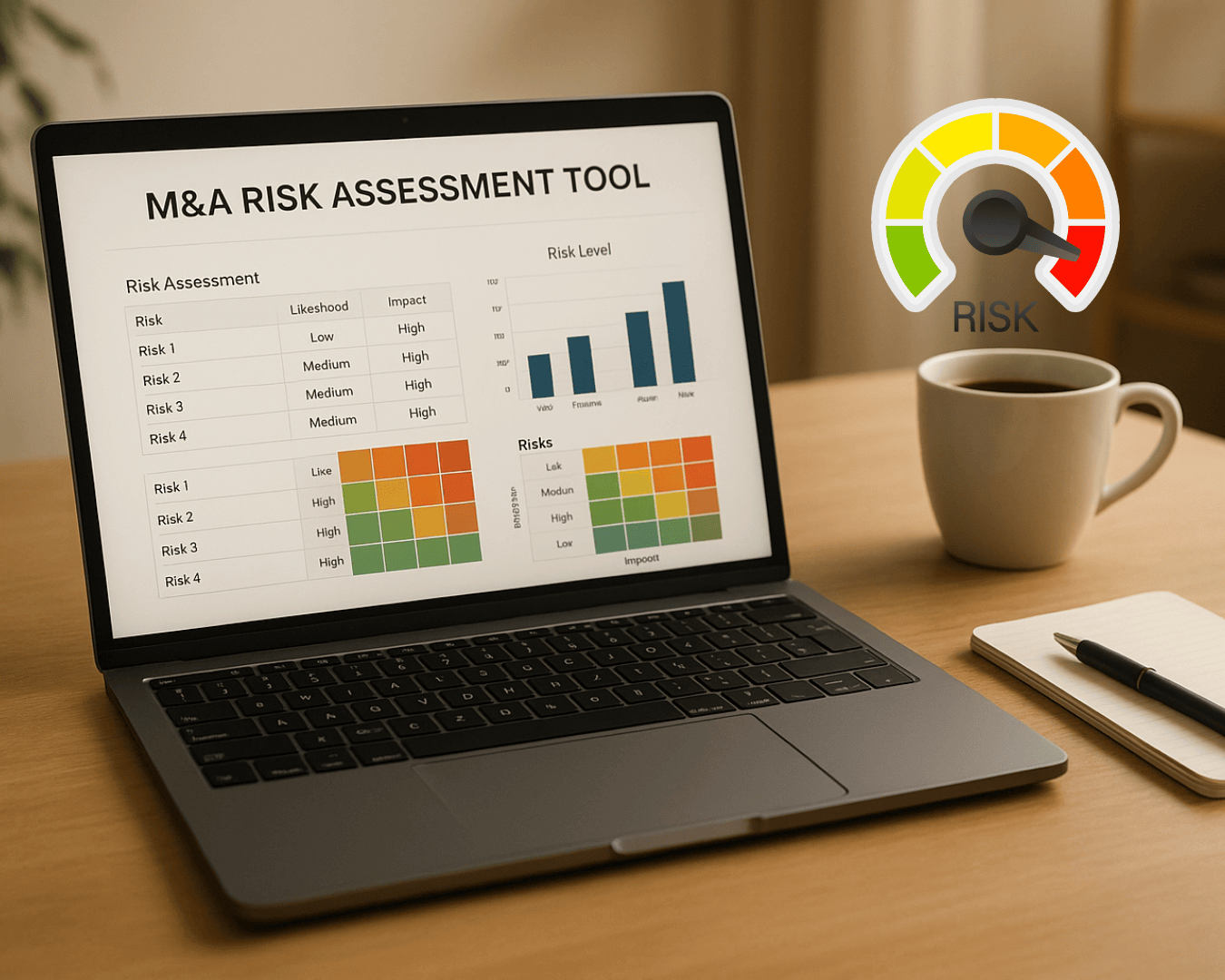


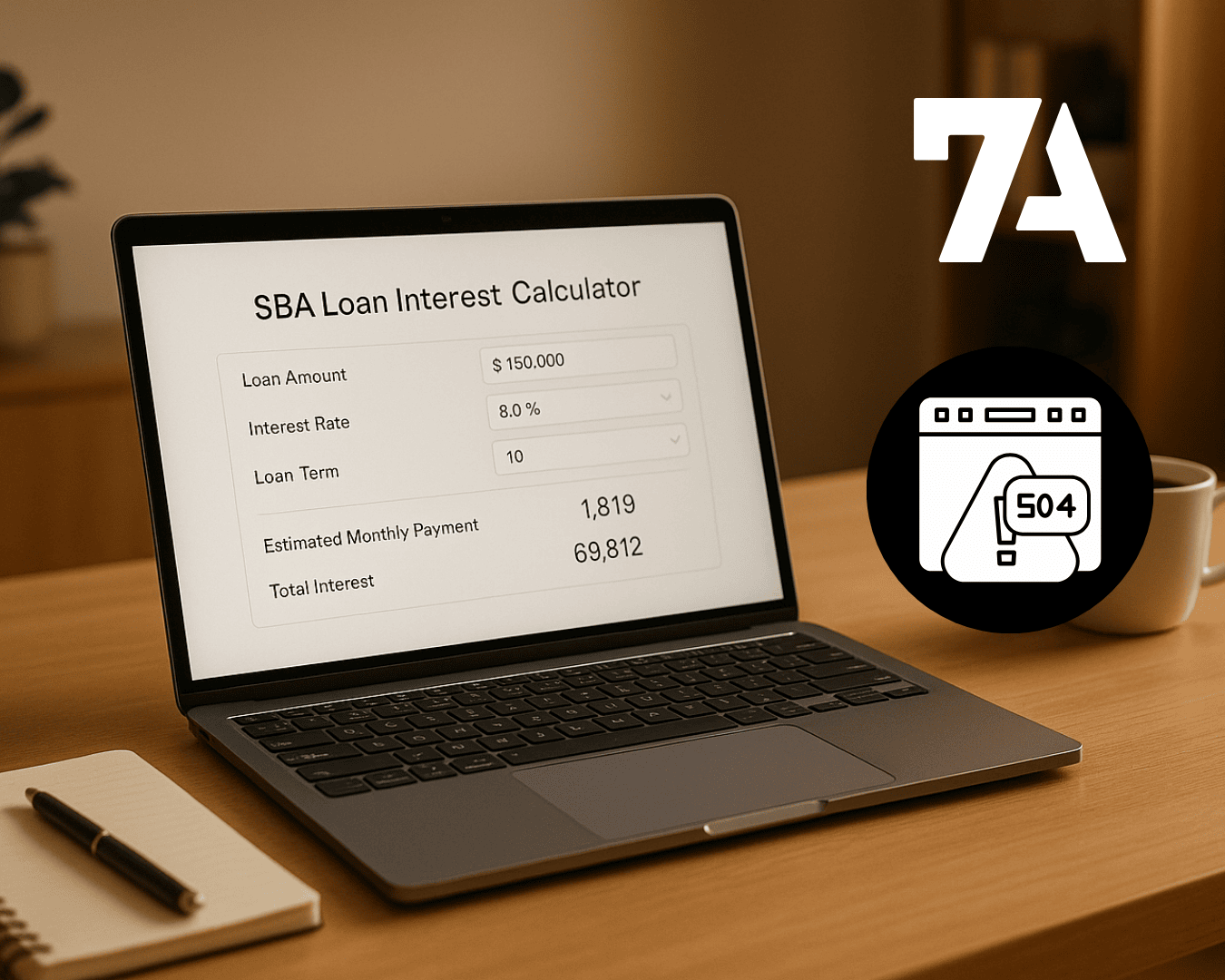








%20Loan%20Application%20Checklist.png)
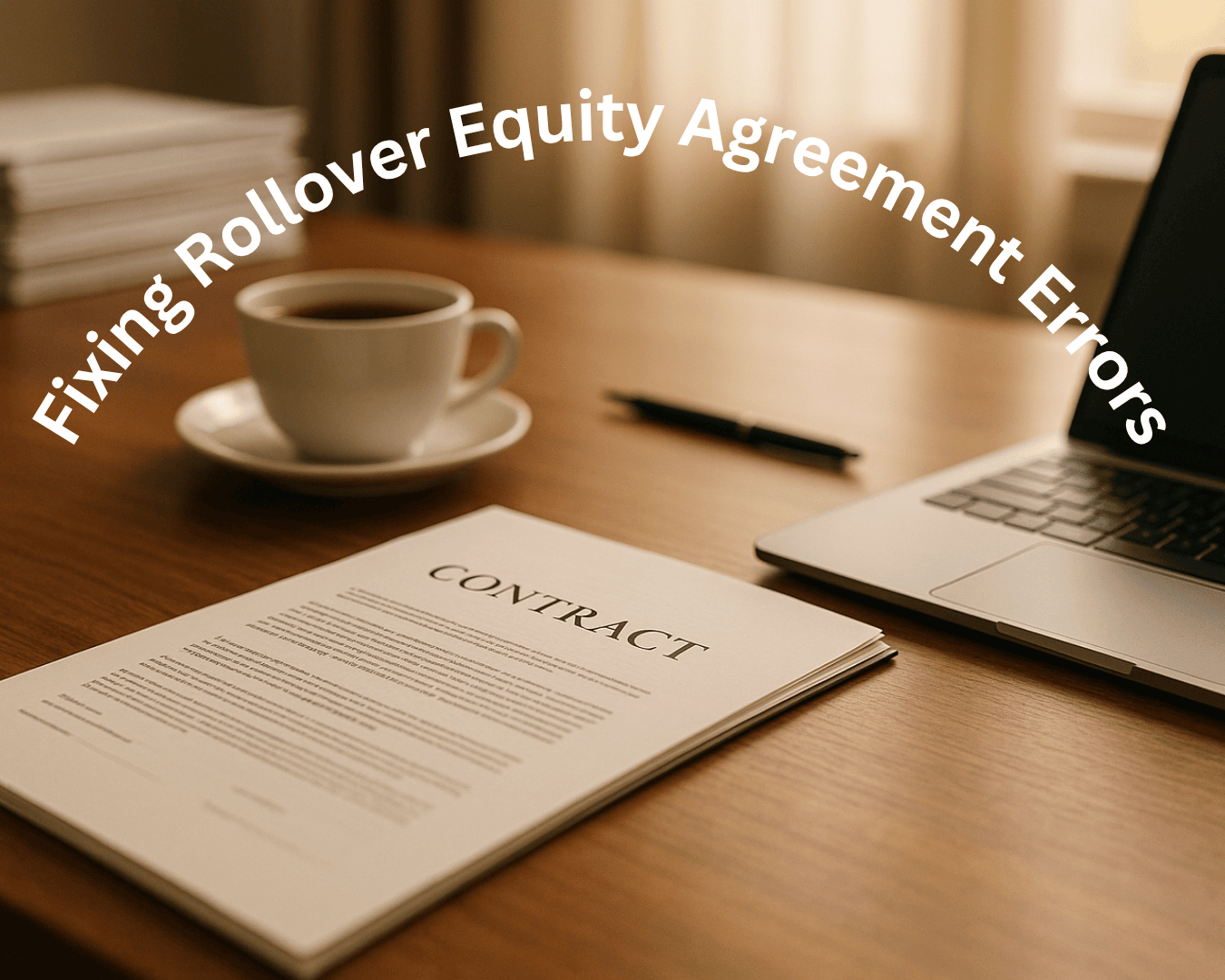
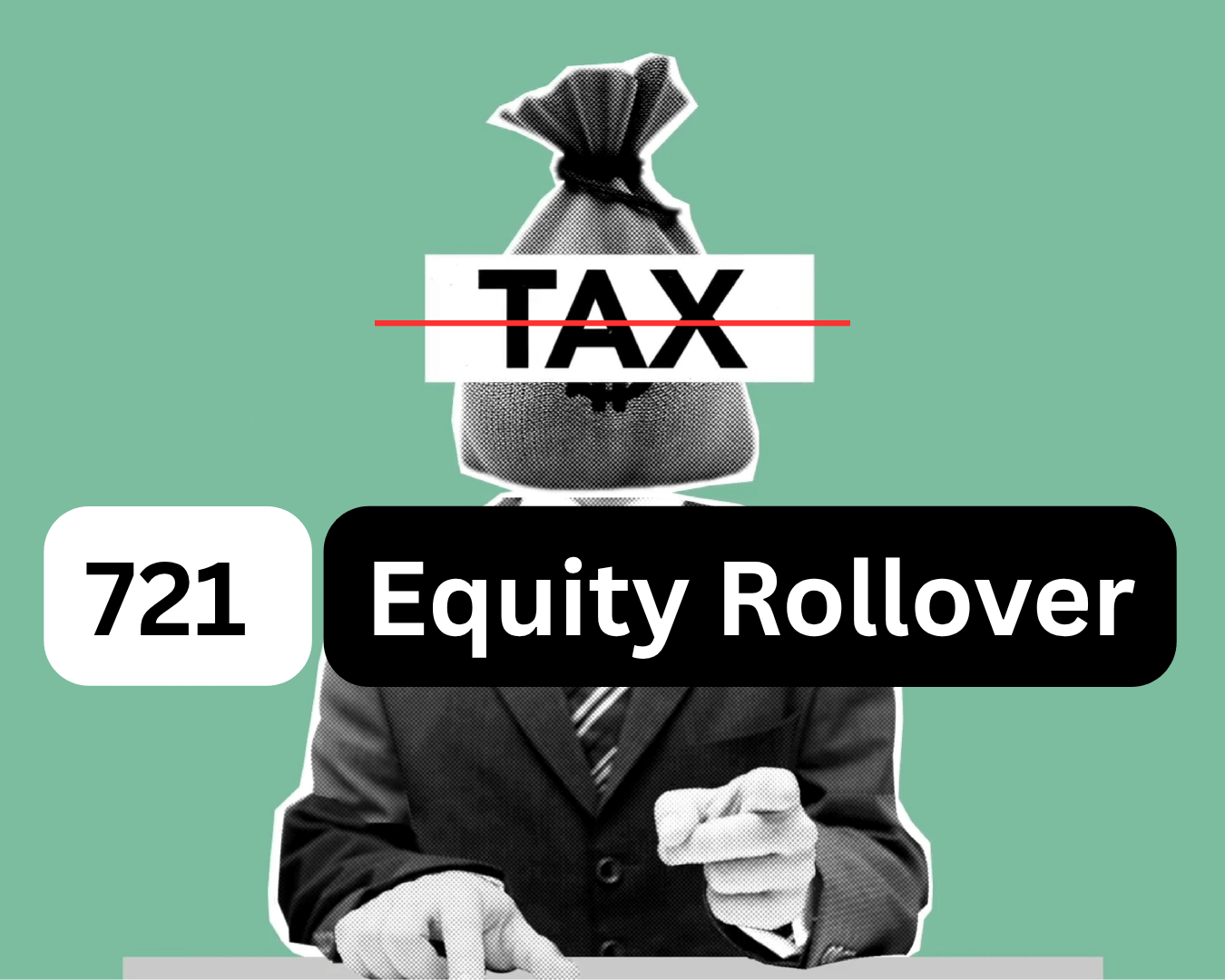









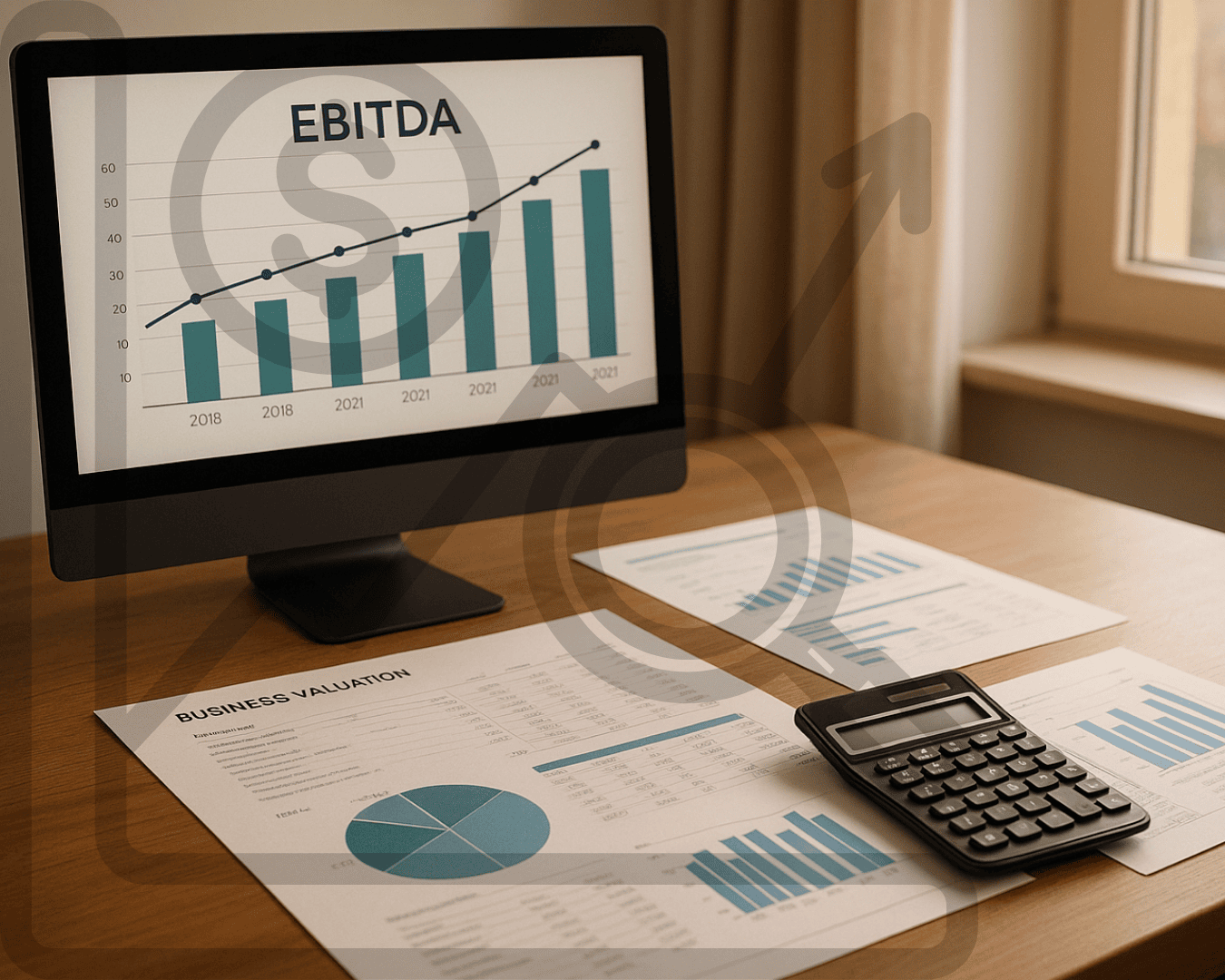





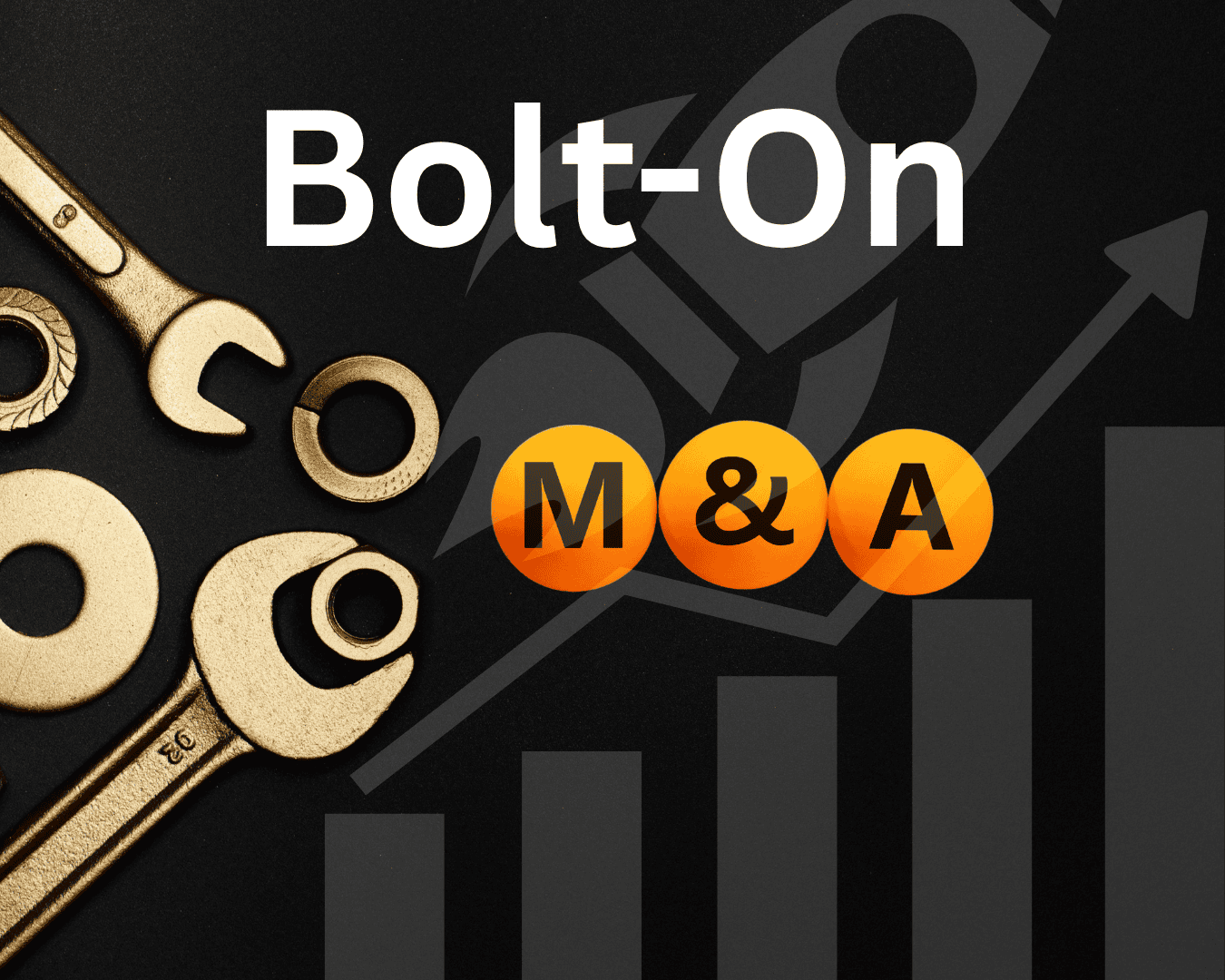





















.png)
%20Loans%20%26%20Your%20Buy-Side%20Edge.png)



